Introduction
Are Parakeets Loud: Parakeets, charming and colorful small parrots, have become popular pets for bird enthusiasts around the world. While their vibrant plumage and playful demeanor make them delightful companions, prospective owners often find themselves wondering about their vocal tendencies. The question that frequently arises is: Are parakeets loud? This inquiry delves into the intriguing world of these avian companions, exploring the nuances of their vocalizations and the factors that contribute to their soundscapes.
Parakeets are renowned for their exceptional mimicry skills and the ability to learn and repeat a variety of sounds, including human speech. Their vocal range can vary widely, and each bird exhibits a unique personality, affecting the volume and frequency of their calls. In this exploration, we will uncover the reasons behind their vocalizations, whether it be for social interaction, expressing emotions, or simply engaging in their natural instinct to communicate. Understanding the vocal behaviors of parakeets is crucial for prospective owners, as it provides insights into their needs and facilitates a harmonious relationship between these captivating birds and their human companions.
The perception of parakeet survive noise levels is subjective and can depend on individual tolerance, living arrangements, and lifestyle. Factors such as the bird’s age, environment, and socialization play pivotal roles in determining the extent of their vocalizations. This introduction sets the stage for a comprehensive examination of the question, shedding light on the intricacies of parakeet vocalizations and helping individuals make informed decisions about welcoming these delightful avian companions into their homes.
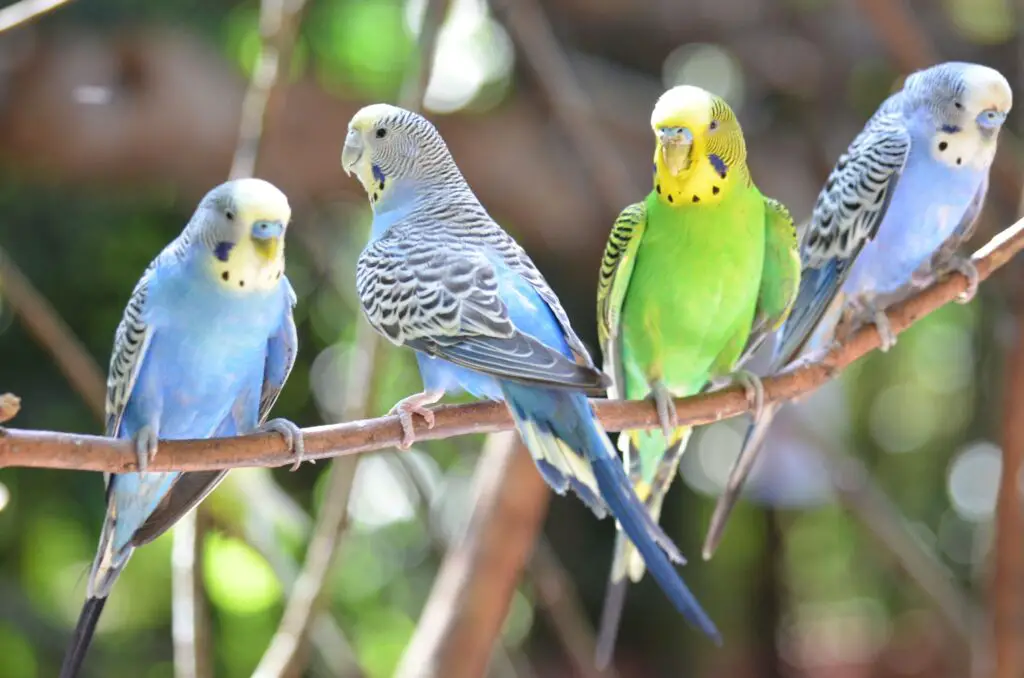
Are parakeets loud for an apartment?
As far as parrots go, that is. Budgie parakeet sound levels should generally be low enough that you can have them in an apartment building without exasperating the neighbors. However, that doesn’t mean they’re silent, not by any means.
Parakeets can be considered loud for an apartment setting, and the suitability of keeping them in such an environment depends on various factors. Parakeets are known for their vocalizations, which include chirping, squawking, and mimicry. While some individuals may find these sounds charming and delightful, others might perceive them as noisy, especially in confined living spaces like apartments.
If you’re living in an apartment, it’s essential to consider the potential impact of parakeet vocalizations on your neighbors. Parakeets are social birds, and their vocalizations often serve as a means of communication and expression. Certain times of the day, such as mornings and evenings, tend to be more active for parakeets, potentially leading to increased noise levels during these periods.
To minimize potential disturbances, prospective parakeet owners in apartments should take steps to manage their pets’ noise. This includes providing engaging toys, regular interaction, and proper training to encourage quieter behavior. Placing the birdcage in a location that minimizes direct noise transmission to neighboring units can be helpful. Ultimately, responsible ownership involves considering the welfare of both the parakeet and the neighbors, ensuring a harmonious living environment for everyone involved.
Why are parakeets so noisy?
No food, perhaps, or no water, or possibly some other cage-related problem such as a dislodged perch or swing, or something outside the cage that the parakeet is not too happy with. An even louder, insistent call, sounding something like a tweet!, means the parakeet is getting super-excited about something.
Parakeets are naturally noisy for various reasons, and their vocalizations play an essential role in their communication and social behaviors. Here are some key reasons why parakeets can be noisy:
Social Interaction: Parakeets are highly social birds that thrive on interaction. In the wild, they live in flocks, and communication is crucial for their survival. Even as pets, parakeets maintain their social instincts and use vocalizations to interact with their human caregivers or other birds.
Mimicry: Parakeets are known for their ability to mimic sounds, including human speech, music, and other environmental noises. This mimicry is a form of communication and a way for them to bond with their owners. It’s a natural behavior that is often exhibited by parakeets in captivity.
Expressing Emotions: Parakeets use vocalizations to express a range of emotions. They may chirp or squawk when they’re happy, excited, or content. Conversely, they might produce different sounds if they’re anxious, scared, or feeling threatened. Understanding these vocal cues is crucial for caretakers to respond appropriately to their parakeet’s emotional state.
Attention-Seeking: Parakeets are intelligent and social birds that may vocalize to get attention. If they feel lonely or bored, they may become more vocal in an attempt to engage with their owners. Regular interaction, playtime, and mental stimulation can help address this need.
Communication with Other Birds: If there are multiple parakeets in a household, they may engage in vocal exchanges as a form of communication. This can be part of their natural social dynamics and is a way for them to establish hierarchy or simply to interact with one another.
What is the calmest bird?
There are several species of birds known for their quietness, such as the Cockatiel, the Parakeet and the Budgie. Canaries, Senegal parrots, and Pacific parrotlets can also be counted in that group.
Determining the calmest bird can be subjective, as individual temperament can vary even within a species. However, some bird species are generally known for their calm and gentle nature. Here are a few examples:
Budgerigar (Budgie/Parakeet): Budgies are often considered one of the calmest and most easygoing pet bird species. They are small, playful, and can form strong bonds with their human caregivers.
Canaries: Canaries are known for their melodious songs and are generally calm birds. They may not be as interactive or affectionate as some other species, but they can make peaceful companions.
Cockatiel: Cockatiels are known for their friendly and gentle nature. They are often good choices for first-time bird owners due to their sociable disposition and ability to bond with humans.
Pionus Parrots: Pionus parrots, such as the Blue-headed Pionus, are often described as calm and gentle. They are known for being less noisy compared to some other parrot species.
Finches: Finches, like the Zebra Finch, are small, social birds that are generally calm and not known for being overly demanding. They can be enjoyed for their lively interactions and charming singing.
It’s crucial to note that the personality of a bird can be influenced by factors such as individual temperament, upbringing, and socialization. A calm demeanor in a bird doesn’t necessarily mean they won’t have specific care requirements or need attention. When considering a pet bird, it’s essential to research the specific needs and characteristics of the species to ensure a good match with your lifestyle and preferences. Spending time with the bird before bringing it home can give you a sense of its individual personality.
Is a noisy parakeet happy?
Noises. Parakeets are one of the most vocal birds in the parrot family. A happy parakeet will typically be tweeting a song, talking, or even mimicking sounds they hear often.
The vocalizations of a parakeet can be influenced by various factors, and while a noisy parakeet doesn’t necessarily indicate unhappiness, it’s crucial to consider the context and understand the reasons behind the noise. Parakeets are naturally vocal birds, and they use different sounds to communicate, express emotions, and engage with their environment. Here are some considerations regarding parakeet vocalizations:
Happiness and Contentment: Parakeets often vocalize when they are happy, content, or excited. Cheerful chirps and singing can be signs of a content and well-adjusted parakeet.
Attention-Seeking: Parakeets are social birds that may become noisy to seek attention. If they feel lonely or want interaction, they may vocalize more to engage with their human caregivers.
Mimicry: Parakeets are excellent mimics, and they may produce sounds they’ve learned from their environment. This can include imitating human speech or mimicking other sounds they’ve heard, and it doesn’t necessarily indicate distress.
Alertness: Parakeets are naturally alert and may become vocal in response to changes in their surroundings. This could be a way of expressing curiosity or signaling awareness of something new or different.
Excessive or sudden changes in vocalization patterns, such as continuous screaming or persistent squawking, may warrant attention. These changes could be indicative of stress, illness, or discomfort. It’s essential for parakeet owners to observe their birds closely, understand their individual behaviors, and be responsive to any signs of distress.
Can parakeets be happy in a cage?
Parakeets are loving creatures that crave the attention of their owners. Make wonderful pets for families living in small homes and apartments. Excellent choice for families with small children and other pets. Can comfortably live in smaller cages due to their small size.
Parakeets can be content and happy in a cage, but it’s essential to provide them with a cage that meets their physical and psychological needs. Parakeets are highly intelligent and social birds, and their well-being is influenced by the size of their cage, the enrichment within it, and the amount of social interaction they receive. Here are some considerations for ensuring a happy and healthy life for parakeets in a cage:
Cage Size: Parakeets need a spacious cage to move around, stretch their wings, and exercise. The cage should be large enough to accommodate perches, toys, and various accessories while allowing room for the bird to fly short distances within the cage.
Toys and Enrichment: Parakeets are curious and playful birds. Providing a variety of toys, such as mirrors, bells, ropes, and puzzle feeders, can keep them mentally stimulated and prevent boredom.
Perches: Different types of perches with varying diameters help exercise their feet and prevent foot problems. Natural wooden perches are excellent, and they should be placed at different heights within the cage.
Proper Nutrition: A well-balanced diet is crucial for the health and happiness of parakeets. This includes a mix of high-quality seeds, fresh fruits, and vegetables. Providing cuttlebones or mineral blocks can help with their calcium needs.
Social Interaction: Parakeets are social animals and thrive on interaction with their human caregivers. Spending time talking to, playing with, and training your parakeet contributes significantly to their happiness.
Safety and Security: Ensure that the cage is placed in a safe and quiet location, away from drafts and direct sunlight. The cage should also be secure to prevent any accidents or escapes.
Can I let my parakeet fly around my room?
Should I just open her cage and let her fly around? Yes, all parrots need several hours of out-of-cage time each day, even if they aren’t tame. If it’s bird proofed and you have a plan to get her back into the cage, sure. I let mine out regularly because it’s good for them.
You can let your parakeet fly around your room, and many parakeet owners find this to be a positive and enriching experience for their birds. Allowing your parakeet to fly freely in a safe and bird-proofed environment can contribute to their physical and mental well-being. Here are some tips to ensure a safe and enjoyable flying experience for your parakeet:
Secure the Environment: Before letting your parakeet fly, ensure that the room is safe and bird-proofed. Remove potential hazards such as open windows, mirrors, ceiling fans, and any toxic plants. Close doors and windows to prevent escapes.
Supervise the Flight: Always supervise your parakeet when it is flying. This ensures that you can respond quickly to any potential issues or accidents.
Time and Frequency: Start with short flight sessions to allow your parakeet to get used to the space. Gradually increase the time as they become more comfortable. Frequent short flights are often better than infrequent long ones.
Training and Recall: Consider training your parakeet to come to you on command (recall training). This can be helpful if you need to get them back into the cage or if there’s a potential danger.
Create a Landing Zone: Place a soft landing area on the floor in case your parakeet decides to land. This could be a towel or a small rug to cushion their landing.
Close Curtains or Blinds: To avoid collisions with windows, close curtains or blinds while your parakeet is flying. Birds may not perceive glass surfaces as obstacles and could accidentally fly into them.
Remove Other Pets: Ensure that other pets, such as cats or dogs, are not present in the room while your parakeet is flying to prevent stress or potential harm.
Positive Reinforcement: Use positive reinforcement, such as treats or praise, to encourage your parakeet to return to its cage voluntarily.
That not all parakeets take to flying immediately, and some may be more hesitant or nervous. Patience and positive reinforcement can help build their confidence. If you’re unsure about how your parakeet will react to free flight, consult with an avian veterinarian or a bird behaviorist for guidance.
What is the best pet parrot for a family?
The obvious choice is the budgerigar or the cockatiel. These are ideal if cost is a factor, as smaller birds require less money to acquire and set up. That said any pet bird, who isn’t trained to step up out of the cage and go back into the cage won’t be an agreeable pet.
Selecting the best pet parrot for a family involves considering factors such as temperament, size, noise level, and the ability to interact with children. Here are a few parrot species that are often considered good choices for families:
Budgerigar (Budgie/Parakeet): Budgies are small, social parrots known for their playful and friendly nature. They are typically less demanding than larger parrots and can be a good choice for families with children.
Cockatiel: Cockatiels are gentle and affectionate birds. They are known for their friendly demeanor and are often good with children. Cockatiels can also be excellent mimics and enjoy interacting with their human family members.
Lovebird: Lovebirds are small parrots with big personalities. They form strong bonds with their owners and can be playful and affectionate. Supervised interaction with children is important to ensure both the bird’s and the child’s safety.
Parrotlet: Parrotlets are one of the smallest parrot species, making them suitable for families with limited space. They are known for their bold personalities and can form strong bonds with their human caregivers.
Quaker Parrot (Monk Parakeet): Quakers are known for their sociable nature and ability to learn tricks and mimic sounds. They can be good family pets but, like all parrots, require social interaction and mental stimulation.
Pionus Parrot: Pionus parrots, such as the Blue-headed Pionus, are often described as calm and less noisy compared to some other parrot species. They can make good family pets with proper socialization.
Are parakeets good pets?
Parakeets can be very rewarding pets to own, and they make great companions. It is important to understand how to meet their needs, however, in order to give them a comfortable and healthy life and create a strong owner-parakeet bond you can both enjoy. Parakeets are social birds that require significant companionship.
Yes, parakeets (also known as budgerigars or budgies) can make excellent pets for the right individuals or families. Here are some reasons why parakeets are often considered good pets:
Size and Maintenance: Parakeets are relatively small birds, making them suitable for individuals or families with limited space. Their cage size requirements are more manageable compared to larger parrot species.
Social and Interactive: Parakeets are social birds that enjoy interacting with their human caregivers. They can form strong bonds with their owners and often enjoy being part of the family activities.
Intelligence and Training: Parakeets are intelligent birds and can be trained to perform tricks, mimic sounds, and even speak simple words or phrases. Training can be a fun and bonding experience for both the bird and the owner.
Affordable Care: Compared to some larger parrot species, the cost of caring for a parakeet is generally more affordable. Their dietary needs, cage requirements, and veterinary care are usually less expensive.
Variety of Colors and Personalities: Parakeets come in a variety of vibrant colors, and individual birds can have unique personalities. Whether you prefer a more outgoing or a quieter bird, there’s likely a parakeet that fits your preferences.
Longevity: While not as long-lived as some larger parrot species, parakeets can still have a considerable lifespan, often living 7 to 15 years or more with proper care.
That parakeets, like all pets, require commitment and responsible care. Potential parakeet owners should be aware of the following considerations:
Social Interaction: Parakeets thrive on social interaction and can become lonely if left alone for long periods. Owners should be prepared to spend time with their parakeets daily.
Noise Level: Parakeets are known for their vocalizations, which can include chirping and squawking. While not as loud as some larger parrot species, the noise level is something to consider, especially in shared living spaces.
Cage Requirements: Parakeets need a spacious and appropriately equipped cage. Regular cleaning and maintenance of the cage are essential for their health.
Dietary Needs: Providing a balanced and varied diet is crucial for the health of a parakeet. This includes a mix of high-quality seeds, fresh fruits, and vegetables.
By understanding and meeting the needs of parakeets, owners can enjoy the companionship and joy that these small and intelligent birds can bring to a household.
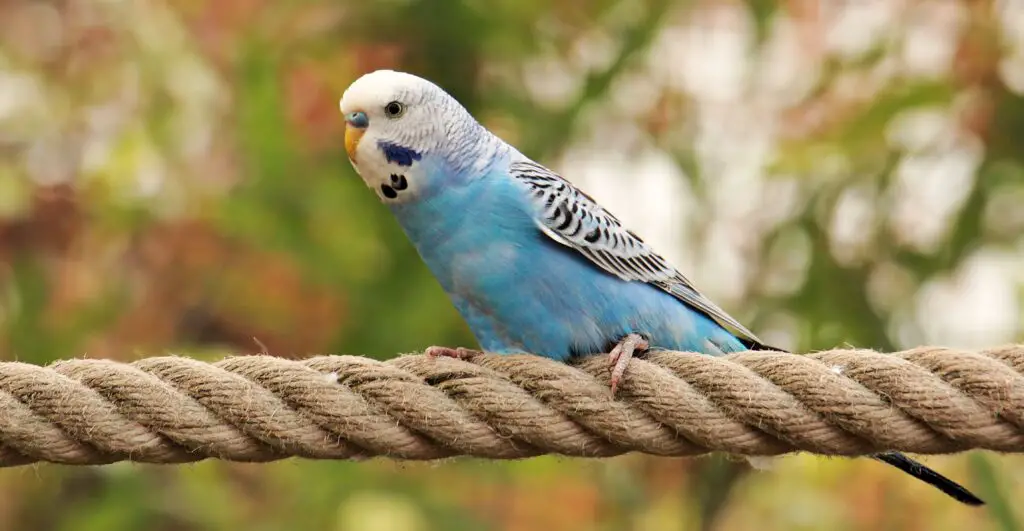
Conclusion
The inquiry into whether parakeets are loud is a multifaceted exploration that unravels the dynamic nature of these charming avian companions. Through our journey into the world of parakeet vocalizations, we discovered that their penchant for mimicry and communication is deeply ingrained in their nature. Their vocalizations serve not only as a means of social interaction but also as a reflection of their emotions and instincts. Understanding the factors influencing parakeet noise levels, such as age, environment, and socialization, is crucial for prospective owners seeking to establish a harmonious relationship with these vibrant and intelligent birds.
As we reflect on the intricacies of parakeet behavior, it becomes evident that the perception of their noise levels is subjective and varies from person to person. While some may find their vocalizations endearing and entertaining, others may seek ways to mitigate potential disruptions. Nevertheless, the journey into the question of parakeet loudness underscores the importance of responsible pet ownership. By gaining insights into the natural behaviors of these feathered companions, individuals can create environments that cater to their needs while fostering a positive and enriching bond between parakeets and their human caretakers.
In the final analysis, whether parakeets loud are considered loud ultimately depends on individual perspectives and the willingness of owners to accommodate the unique characteristics of these delightful birds. As with any pets, understanding and appreciating their natural behaviors is key to building a fulfilling and mutually satisfying relationship.

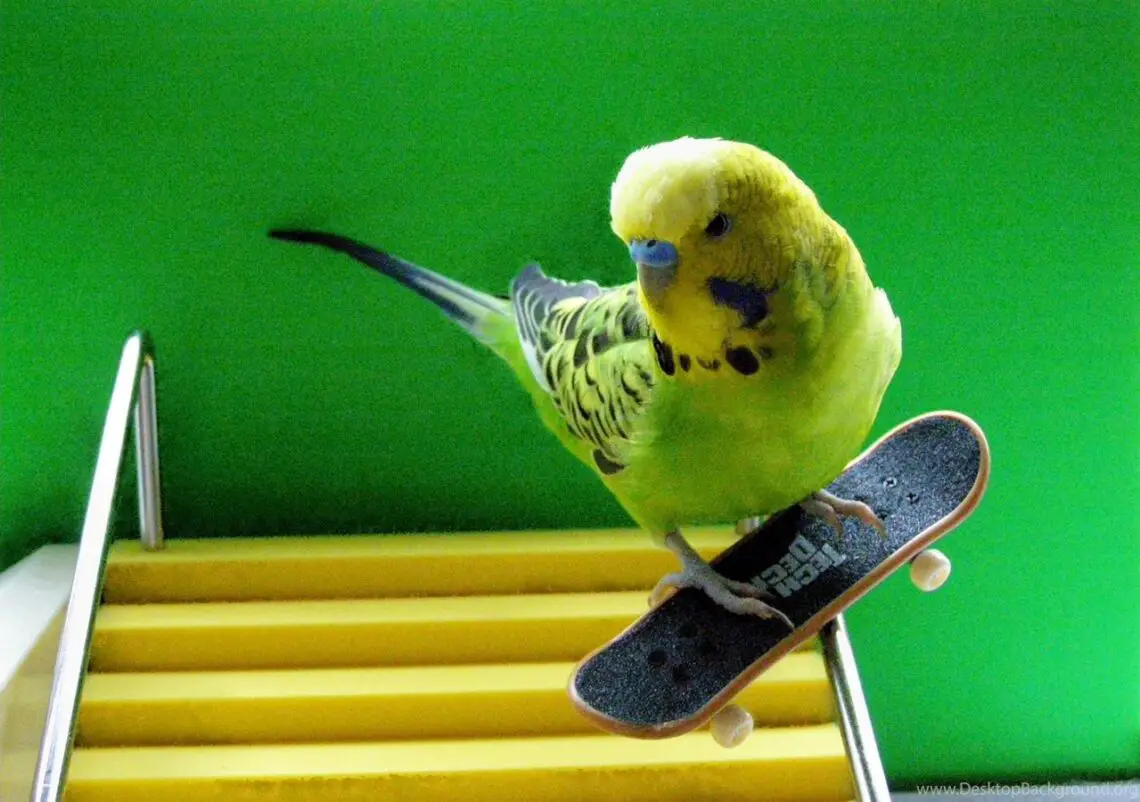
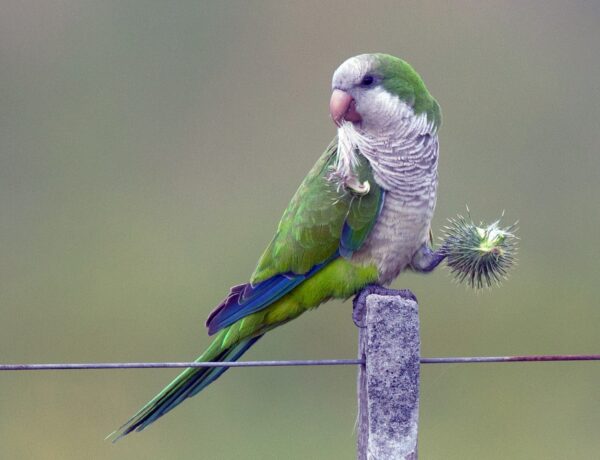

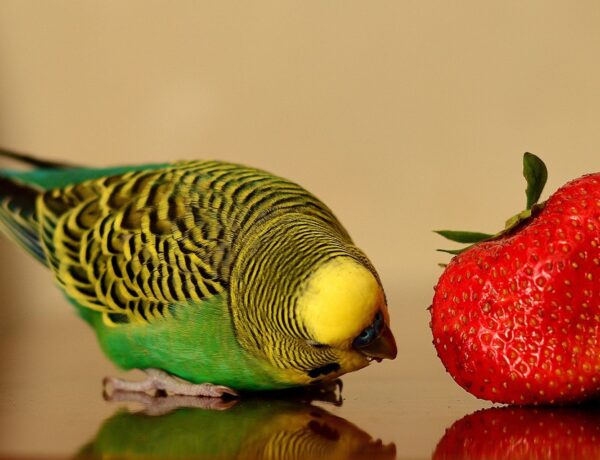
No Comments